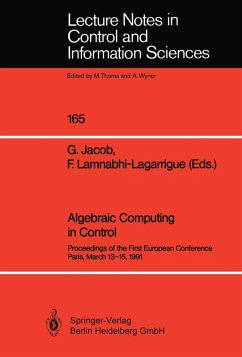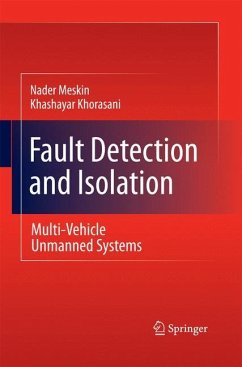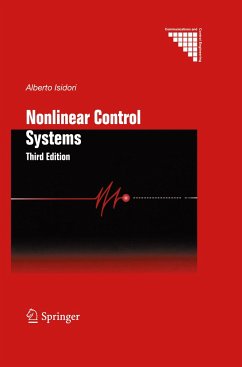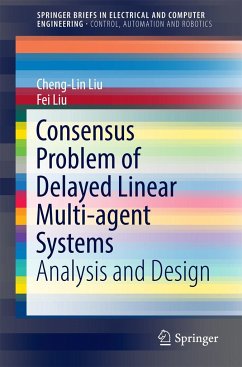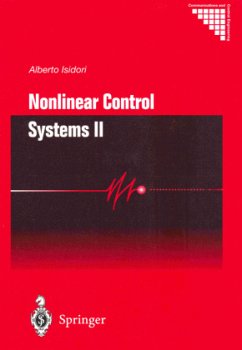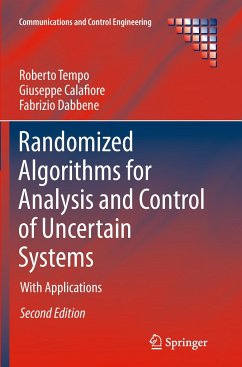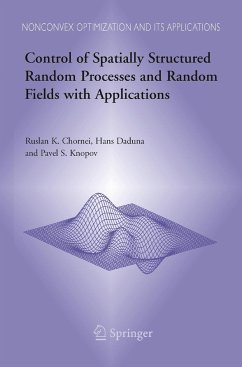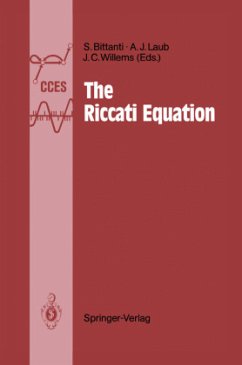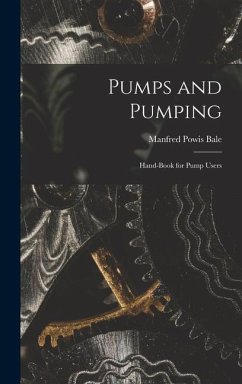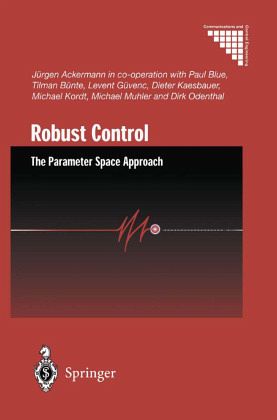
Robust Control
The Parameter Space Approach
Versandkostenfrei!
Versandfertig in 6-10 Tagen
113,99 €
inkl. MwSt.
Weitere Ausgaben:

PAYBACK Punkte
57 °P sammeln!
New results, fresh ideas and new applications in automotive and flight control systems are presented in this second edition of Robust Control. The book presents parametric methods and tools for the simultaneous design of several representative operating conditions and several design specifications in the time and frequency domains. It also covers methods for robustness analysis that guarantee the desired properties for all possible values of the plant uncertainty. A lot of practical application experience enters into the case studies of driver support systems that avoid skidding and rollover o...
New results, fresh ideas and new applications in automotive and flight control systems are presented in this second edition of Robust Control. The book presents parametric methods and tools for the simultaneous design of several representative operating conditions and several design specifications in the time and frequency domains. It also covers methods for robustness analysis that guarantee the desired properties for all possible values of the plant uncertainty. A lot of practical application experience enters into the case studies of driver support systems that avoid skidding and rollover of cars, automatic car steering systems, flight controllers for unstable aircraft and engine-out controllers. The book also shows the historic roots of the methods, their limitations and research needs in robust control.





